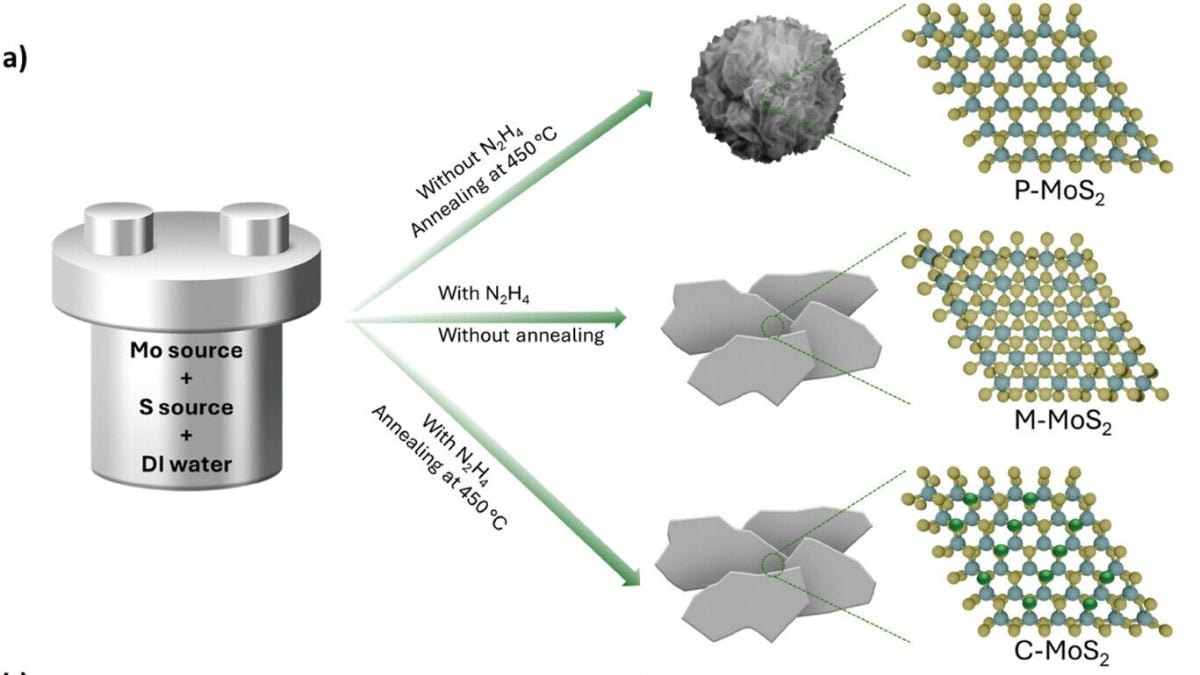A highly sensitive miniature sensor capable of detecting nitrogen dioxide (NO₂) at low levels has been developed by a team of researchers at the University of New South Wales (UNSW) in Sydney, according to reports. This compact device, measuring just 2 cm by 2 cm with a thickness of 0.4 mm, detects the toxic gas in real-time and operates without the need for an external power source. Its design aims to address size, cost, and energy consumption issues that are commonly associated with traditional gas sensors.
Uses and Limitations of Gas Sensors
The study was published in Advanced ScienceGas sensors are widely utilized for detecting hazardous gases in industrial, automotive, and healthcare settings. The monitoring of gases like carbon monoxide (CO) and NO₂ is crucial in areas such as factories and highways where emission levels are high, as reported in Advanced Science. These sensors are also employed in applications ranging from engine performance optimization to medical diagnostics.
Challenges like high energy consumption, large size, and sensitivity limitations have been longstanding issues in the field. According to Professor Dewei Chu, UNSW School of Materials Science and Engineering, in a statementcommercially available oxygen sensors can cost as much as $5,000 and often require operation at elevated temperatures, sometimes exceeding 300 degree Celsius.
Innovative Approach Using Molybdenum Disulfide
The research team has used molybdenum disulfide (MoS₂) as the core material for their sensor. This compound, known for its sustainability and biocompatibility, was modified by integrating nitrogen to improve its sensitivity. Reports indicate that the sensor achieves high sensitivity to NO₂ at concentrations as low as 10 parts per million (ppm), functioning effectively at room temperature.
Sustainable Production with 2D-Printing
A novel 2D-printing technique was employed to construct the sensor. The process involves printing nanoscale materials onto a flat surface to form sensor electrodes and the sensing layer. Professor Chu highlighted the potential of this technology to lower production costs significantly.
Future Applications and Goals
The team intends to enhance the sensor's capabilities by testing it against other gases, including volatile organic compounds and carbon monoxide, as noted in Advanced Science. Its compact size and energy efficiency make it suitable for wearable devices and safety systems in environments such as mines and warehouses.
For the latest tech news and reviews, follow Gadgets 360 on X, Facebook, WhatsApp, threads and Google NewsFor the latest videos on gadgets and tech, subscribe to our YouTube channelIf you want to know everything about top influencers, follow our in-house Who'sThat360 on Instagram and YouTube,

Rocket Lab Delays Launch of Synspective's Earth-Imaging Satellite
Chang'e-6 Mission Reveals Significant Reinforcement of Lunar Dynamo



